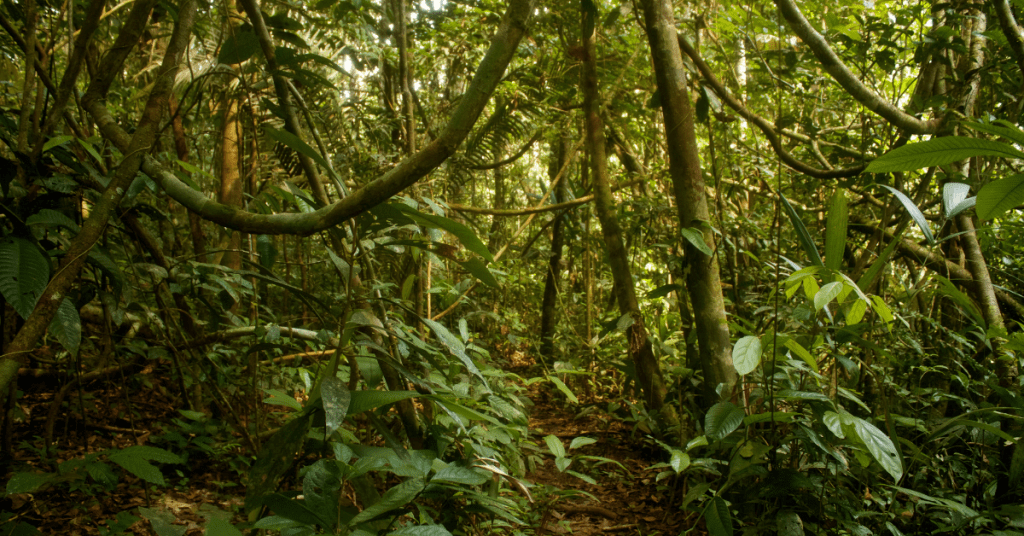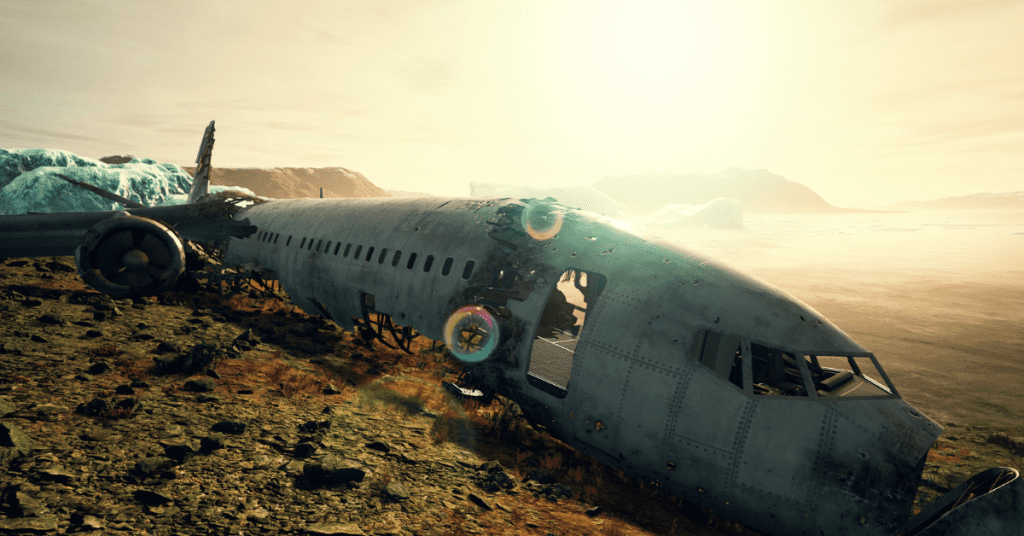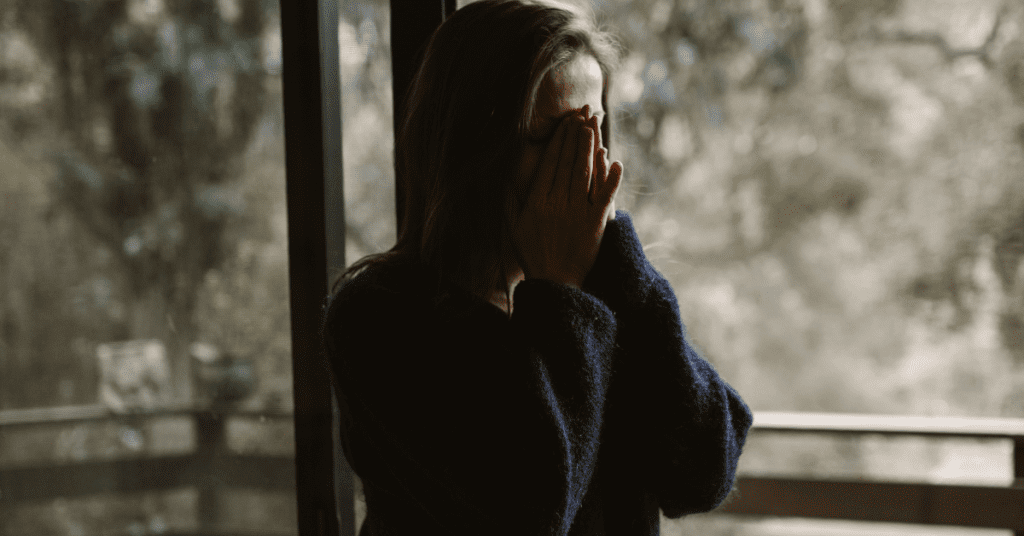Imagine finding yourself alone in the heart of the Amazon rainforest after surviving a plane crash. This might sound like the plot of a thrilling movie, but for Juliane Koepcke, it was a terrifying reality. At just 17 years old, Juliane’s incredible journey of survival against all odds captivates and inspires. Her story is a remarkable testament to human resilience, resourcefulness, and the will to live.
Key Takeaways:
- Juliane Koepcke survived a plane crash and a fall of approximately two miles into the Amazon rainforest, showcasing the incredible resilience and survival instincts of the human spirit.
- Juliane’s familiarity with the jungle, gained from her upbringing with zoologist parents, played a crucial role in her survival. Understanding the natural environment and basic survival strategies can make a significant difference in life-threatening situations.
- Juliane’s ability to remain calm and focused despite the trauma and isolation was key to her survival. Her story underscores the necessity of mental fortitude and psychological resilience in overcoming extreme challenges.
This article uncovers the details of Juliane’s journey, from the crash itself to the survival techniques she employed. Her tale is not just a testament to human endurance but also a powerful lesson in the importance of preparation and mental strength.
The Incident Unfolded
On December 24, 1971, LANSA Flight 508, a Lockheed L-188 Electra turboprop, was en route from Lima to Pucallpa, Peru. Shortly after takeoff, the plane encountered a severe thunderstorm, leading to intense turbulence. The aircraft was struck by lightning, causing the right wing to catch fire and detach, resulting in the plane’s mid-air disintegration.
Juliane Koepcke, then 17 years old, fell approximately two miles while strapped to her seat. The dense jungle canopy and her seat cushioned the fall, allowing her to survive the impact. The immediate aftermath was chaotic, with debris scattered across the jungle, and Koepcke found herself alone and injured in the vast Amazon rainforest.

Survivor Profile: Juliane Koepcke
Juliane Koepcke was born in Lima, Peru, to German zoologists Hans-Wilhelm and Maria Koepcke. Growing up, she spent considerable time at her parents’ research station in the Amazon, where she gained invaluable knowledge about the rainforest ecosystem. This upbringing instilled in her a deep understanding of nature and survival skills that would later prove crucial. Her familiarity with the jungle environment, coupled with her scientific curiosity and practical knowledge, uniquely equipped her to handle the challenges she faced after the crash.

The 10-Day Journey to Safety
Juliane Koepcke’s extraordinary journey to safety through the Amazon jungle is a profound testament to human resilience. Over ten days, she navigated a terrain that would challenge even the most seasoned survival experts.
Day 1: December 24, 1971
LANSA Flight 508 crashes in the Peruvian rainforest. Juliane Koepcke, 17, is the sole survivor. She falls 10,000 feet while still strapped to her seat, landing in the dense jungle. She regains consciousness with a broken collarbone, a deep gash on her right arm, a swollen eye, and other injuries. In shock and unable to move much, she spends the night on the forest floor, enduring the initial trauma of the crash and her surroundings.
Day 2: December 25, 1971
Juliane fully regains consciousness and assesses her situation. She searches for her mother, who was also on the flight, but finds no sign of her. Realizing the need to find help, she recalls her father’s advice to follow water downstream to find civilization. Despite her injuries, she begins walking through the forest, looking for a stream, hoping it will lead her to safety.
Day 3-5: December 26-28, 1971
Juliane continues to follow a stream she has found. With no food, she sustains herself by drinking water from the stream. She faces numerous challenges, including insects, dehydration, and extreme fatigue. Despite these obstacles and her injuries, she maintains her determination and keeps moving, driven by the hope of finding help.
Day 6: December 29, 1971
Juliane discovers a small boat and a path, signs of human activity. She spends the night near the boat, hoping someone will come. Her hope is bolstered by this discovery, but no one arrives that day, and she is forced to continue her wait, trying to conserve her energy and strength.
Day 7: December 30, 1971
With no one coming to the boat, Juliane finds a small shelter nearby and decides to stay there. She hopes that staying near these signs of human presence will increase her chances of being found. Her condition is deteriorating, and she knows she needs to be found soon to survive.
Day 8: December 31, 1971
Desperation sets in as Juliane’s condition worsens with no help in sight. She decides to use the boat she found earlier. In a moment of improvisation, she finds a can of gasoline and uses it to clean her wounds, which have become infested with maggots. This act of self-care helps prevent further infection and gives her a bit more strength to continue.
Day 9: January 1, 1972
Juliane continues to follow the stream in hopes of finding help. She discovers a small hut and spends the night there, too weak to move any further. The hut represents a glimmer of hope as it indicates proximity to human settlement. She rests, hoping for a rescue.
Day 10: January 2, 1972
Local loggers find Juliane. They provide her with food and tend to her wounds, marking the end of her harrowing ordeal. The loggers take her by boat to a more populated area where she receives much-needed medical attention. Eventually, Juliane is flown to a hospital where she is reunited with her father, beginning her physical and emotional recovery from the ordeal.
Key Survival Decisions

Juliane Koepcke’s survival in the Amazon rainforest was a result of several key decisions and actions that demonstrated her resilience and resourcefulness. Remembering her father’s advice, she followed a stream downstream, which provided her with a reliable source of water and led her towards human habitation.
Despite her injuries, she used a can of gasoline she found to clean her wounds, which were infested with maggots, preventing further infection. When she discovered a small boat and a nearby path, she decided to stay close to these signs of human activity, eventually using the boat for shelter and waiting for someone to come.
Juliane also made the decision to rest when needed and conserve her energy, which was important for maintaining her strength over the ten days. Throughout her ordeal, she remained calm and focused on survival, making rational decisions despite the traumatic circumstances.
When she found a small hut, she chose to stay there, recognizing it as a sign of proximity to human settlement. This decision kept her safe and ultimately led to her being found by local loggers. These decisions, combined with her knowledge of the rainforest and inherent resilience, were crucial in ensuring Juliane Koepcke’s survival and eventual rescue.
Life After the Crash

After her miraculous survival and recovery from the crash, Juliane Koepcke’s life took a path marked by resilience and dedication to her passions and goals. Following her rescue and recovery from her injuries, she returned to Germany with her father, who had been anxiously awaiting her. She completed her high school education and went on to study biology, inspired by her parents, who were both zoologists.
Juliane pursued her higher education and earned a degree in biology. She later completed her doctorate, focusing on mammalogy. Her deep connection to the natural world and her firsthand experience of the Amazon rainforest influenced her career choice, and she became a well-respected zoologist.
In addition to her academic achievements, Juliane co-authored a memoir titled “When I Fell From the Sky,” detailing her extraordinary survival story and paying tribute to the 91 victims of the crash, including her mother. Her memoir provides insights into her ordeal and the strength she drew upon to survive.
Her remarkable story has been the subject of numerous documentaries and interviews, bringing attention to her extraordinary survival and the lessons she learned from her experience. Juliane Koepcke’s life after the crash exemplifies resilience, dedication to science, and a profound respect for nature.

Lessons Learned from the Jungle Air Crash
The harrowing experience of Juliane Koepcke provides valuable insights into the essentials of survival and the psychological resilience required to endure extreme situations.
Survival Lessons for Preppers
Juliane’s story highlights several practical survival tips crucial for enthusiasts and preppers. First, having a basic understanding of the natural environment and survival strategies can make a significant difference. Knowing to follow water sources can lead to rescue, as streams often lead to larger bodies of water and eventually human habitation.
Additionally, preppers should always carry essential survival tools, such as a knife, fire starter, water purification tablets, and a basic first aid kit. Modern survival strategies emphasize the importance of being prepared for unexpected situations, and Juliane’s experience underscores the necessity of mental fortitude, resourcefulness, and practical knowledge.
Psychological Impact of Survival

Surviving a traumatic event like a plane crash poses immense mental and emotional challenges. Juliane faced isolation, fear, and the trauma of the crash itself. Survivors often experience long-term psychological effects, including post-traumatic stress disorder (PTSD), anxiety, and survivor’s guilt.
Coping with such trauma requires mental resilience and support systems. Survivors can benefit from counseling, support groups, and ongoing mental health care to help process their experiences and rebuild their lives. Developing a positive mindset and maintaining hope are critical for overcoming the psychological hurdles of survival.
Reflecting on Resilience: The Indomitable Human Spirit
Juliane Koepcke’s survival story is nothing short of extraordinary. Her ten days in the Amazon rainforest after a plane crash are a testament to human resilience and the power of determination. Despite severe injuries and the loss of her mother, Juliane’s knowledge of the jungle and her unwavering will to survive kept her going.
Her journey teaches us the importance of staying calm, using practical knowledge, and holding onto hope in dire situations. Today, Juliane shares her story to inspire others and highlight the importance of education and mental strength. Her incredible experience is a powerful reminder of what the human spirit can endure and overcome.
FAQs
How did Juliane Koepcke manage to navigate through the jungle?
Juliane used her knowledge of the jungle, learned from her parents, to navigate. She followed a stream, knowing it would lead to larger bodies of water and potentially to human settlements.
What are the most important survival tools to carry on flights over remote areas?
Essential survival tools include a small first aid kit, a water purification method (like tablets or a filter), a signaling device (like a whistle or mirror), a fire starter, and a compact, sturdy knife.
What medical first aid is essential after a plane crash?
After a plane crash, it is crucial to have first aid knowledge to treat injuries such as cuts, fractures, and burns. Immediate actions include stopping bleeding, treating for shock, and addressing any broken bones or serious injuries with makeshift splints.
How do survival stories like Koepcke’s influence emergency training protocols?
Survival stories provide real-life case studies that inform and improve emergency training protocols. They highlight the importance of practical survival skills, mental resilience, and the need for better safety measures and emergency preparedness.
What are the long-term psychological effects on sole survivors of disasters?
Sole survivors of disasters may experience long-term psychological effects such as PTSD, anxiety, and survivor’s guilt. These impacts necessitate ongoing mental health support and counseling to help survivors process their experiences and regain a sense of normalcy.
